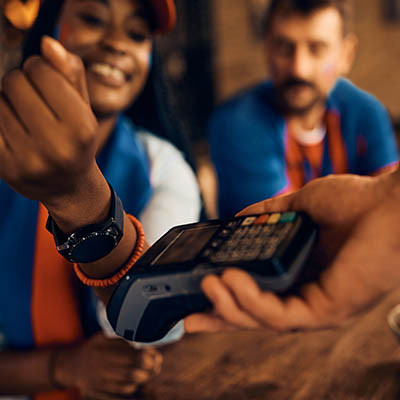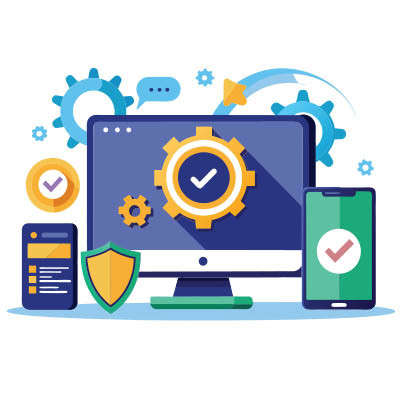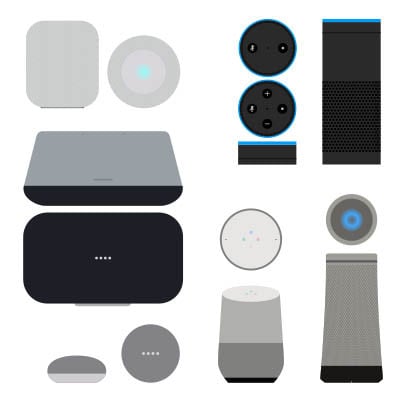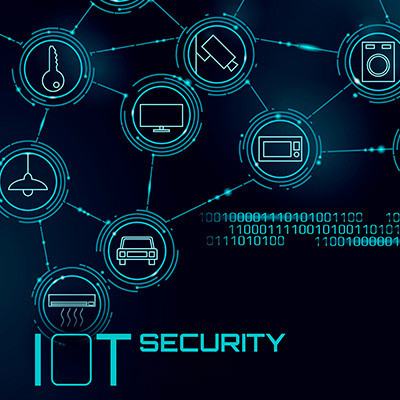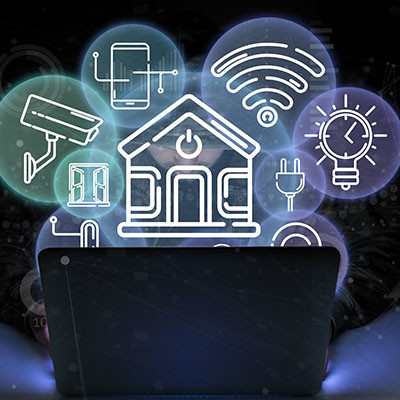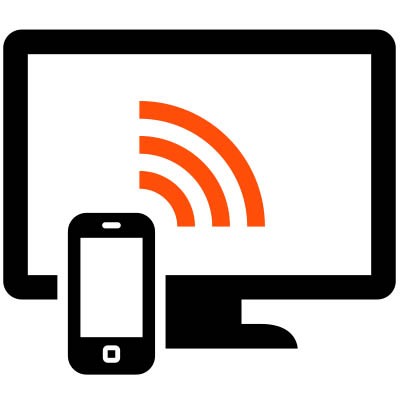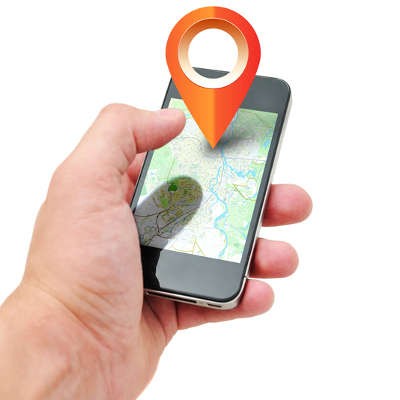In a time when Internet connectivity is so important, manufacturers have met this demand by creating products that feature the ability to connect to apps or other Internet-based dashboards. Unfortunately for users, there is a lot that can go wrong when organizational practices don’t do enough to protect their customer’s privacy; or, simply look to exploit it. Let’s take a look at how the smart devices you depend on can be undermining your family’s privacy.
Argentum IT LLC Blog
Smart speakers have been around for a while, but let’s be honest—they haven’t exactly changed the world. Sure, they’re great for playing music, setting timers, and answering random trivia questions, but beyond that? Not much has evolved. So, how did we get here, and what’s next? More importantly, can they actually be useful for businesses, or are they just another gadget collecting dust?
The Internet of Things (IoT) is a fascinating technology that can help businesses work better. When used in offices, it changes how things are done, bringing benefits like increased efficiency, better productivity, and improved security. IoT devices and systems make tasks easier and create a more comfortable, eco-friendly, and productive workplace. Here’s how small businesses can use IoT to improve how they operate.
The Internet of Things (IoT) is a term you’ve probably heard by now but may not completely understand. That’s normal, as there are a lot of things that could be labeled under the IoT. This month, we thought we would go through some ways the average business can use the Internet of Things to its advantage.
The IoT, or Internet of Things, is everywhere. There’s a relatively good chance that a device that would be part of the IoT is within your reach right now, perhaps even on your person. Businesses of all kinds use the IoT for various purposes as well, but behind this usage lies significant risk from cyberthreats, and a shocking number of businesses seem to accept this risk without much concern… as in, the vast majority of surveyed businesses utilizing the IoT demonstrated a lack of protection, but seemed not to be bothered by it.
Foldable phones undeniably saw a very slow start when they were introduced a few years ago, high prices and horror stories about their fragility scaring away all but the earliest of early adopters. However, thanks to an enthusiastic fanbase, the concept has persisted and has become a legitimate option amongst flagship devices.
Let’s consider some of the predictions that have been made surrounding the future of the foldable smartphone market, and why business users might be drawn to the flexible form factor.
The IoT—the Internet of Things—is a fascinating technology, as it exemplifies just how much can be accomplished when Internet connectivity is used to augment the capabilities of otherwise “dumb” devices. Unfortunately, as fascinating as it is, the IoT is also infamous for its security issues…a reputation that attackers have been perpetuating as these devices grow more common.
For a very long time, Apple has been requested to share a workaround for their platform security with law enforcement, which the company has refused outright. Their argument has been that doing so would inherently undermine their lauded security. Well, the feds have given up asking, because they went ahead and developed a workaround themselves… and in doing so, have revealed that iOS isn’t quite as secure as it was purported to be.
While it may sound strange coming from a managed service provider, there is some wisdom to the adage, “if it ain’t broke, don’t fix it.” We know, we know… it sounds a little hypocritical for us to say something like this, when we spend so much time touting the values of proactive maintenance and similar strategies. However, this now-cliché statement certainly holds water, as exemplified by many modern technologies—including the Boeing 747.
The people that support a business’ information systems are widely renowned as a bunch of nerds sitting in a basement office waiting for someone that matters calls them upstairs. Now, we think this characterization is unfair (of course), but since our jobs are so technical, it can be hard to relate with clients all the time. Fortunately for us, the most useful tool we have in our repertoire is excruciatingly simple. To fix your computer problem, have you tried turning it off, and turning it back on?
The Chromecast, Google’s offer to the growing streaming market, is a pretty handy device - even in the business setting. I know, I know, it is a consumer device, but some of its capabilities directly translate to professional use. Here, we’ll walk you through the process of setting up your Chromecast, four useful-for-business features, and the process of resetting your Chromecast if it ever needs it.
For much of the last five years, we’ve been told that the Internet of Things was going to be the most important innovation since broadband Internet was introduced. This growth, while its largely happening under the proverbial radar, is happening. There are around seven billion “smart” devices in 2019 with expectations that it will be three times that by 2025. With that many Internet-connected devices, there are bound to be some that come with vulnerabilities, whether it comes from being designed poorly or not frequently updated with modern threat definitions. Today, we’ll take a look to see if the Internet of Things should be considered a threat to your business.
Wearables have been on the market for quite some time, though the definition of them has certainly changed over the years. Wearables have become far more capable in the past decade, bringing with them a barrage of other issues that need to be addressed. Chief among them is how these devices should be regulated, and by whom.
Bring Your Own Device is a hot trend in today’s business environment, as it creates a ton of opportunities for businesses to cut costs. However, this is only true if you implement a BYOD policy that your organization can take advantage of, as it creates considerable problems for your unprepared businesses.
Does anyone remember computer punch cards? Does this date us? Either way, since computing punch cards went the way of the dinosaur, there has been some version of the keyboard and mouse as we know them today. These interfacing tools have become so ingrained into our minds that it is frankly difficult to imagine a computer without them... But this begs the question, will there ever be a user interface impressionable enough to replace them?
It’s a familiar scene from many science fiction properties: a person approaches a locked door. They unlock it, but rather than using a key, a red beam scans their eye to confirm their identity and permit them access. The thing is, this and similar biometric authentication technologies are likely to begin appearing in real-world businesses sooner than later. Let’s discuss:
The holidays are getting closer, and picking the right gift for someone is only becoming a more stressful activity. To make things a little easier for you, we’ve found some gadgets that might make the perfect gift for that person on your list who has a particular interest. This blog will go over some of these interests and the gifts that might make their holiday.
Oh no! You start slapping your pockets, already knowing what you’re about to confirm--your mobile device is missing. With the reliance we have on these devices, losing yours is enough to send you into a relative panic. However, this panic may be avoided by implementing a reliable solution specifically for locating a lost device.

